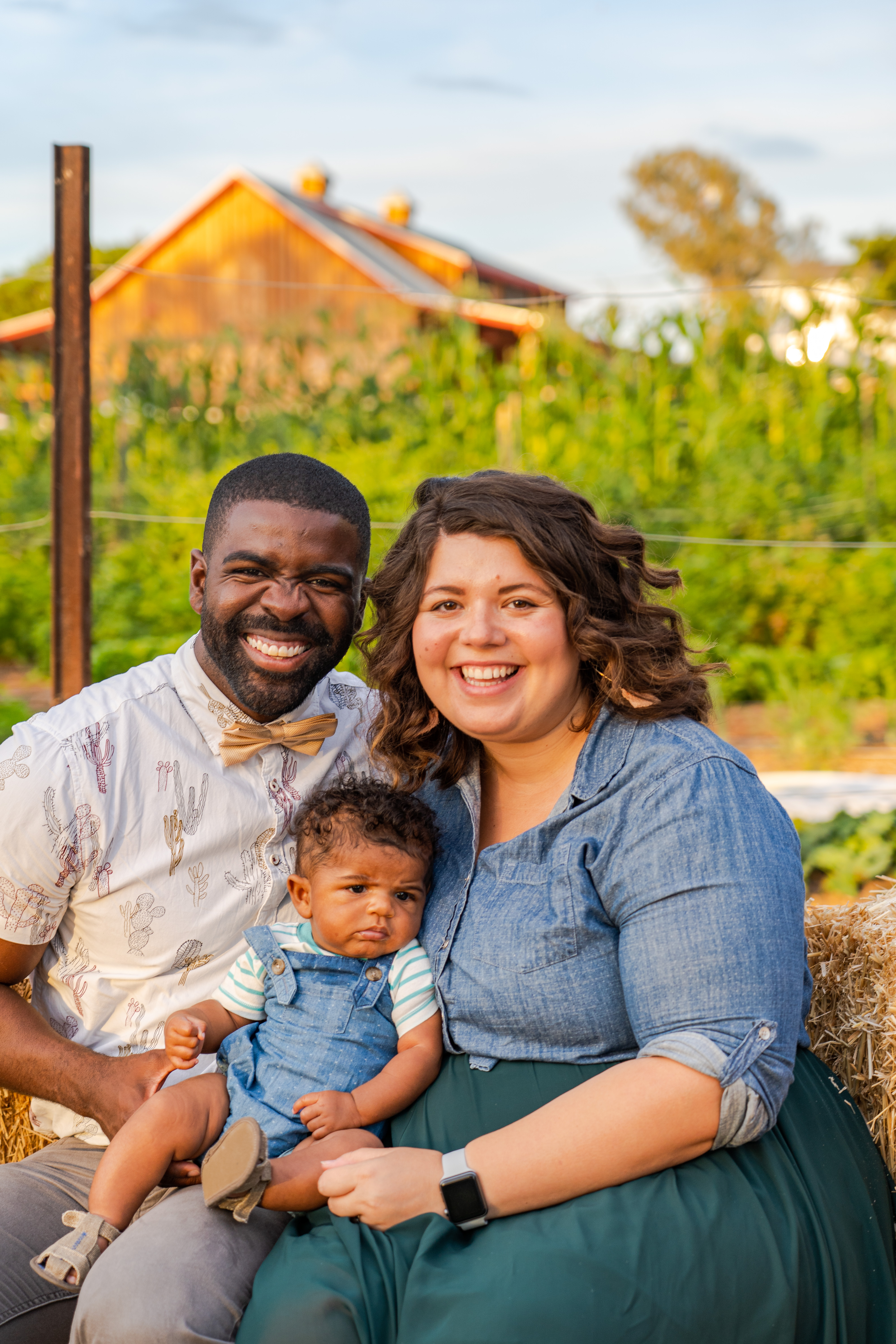Nonprofit Fundraising Beyond the Pandemic: Four Key Lessons
by Bobby LaCour, CPA – Aldrich Advisors
Aldrich Advisors recently hosted a webinar on Fundraising During COVID-19 with special guest Sharyn Goodson of the Leichtag Foundation. We had a great conversation on some of the nonprofit fundraising lessons learned from the pandemic, and how nonprofits can keep their fundraising momentum going into the future.
Sharyn shared four key lessons learned from the pandemic’s effects on fundraising, which are also shaping the work of nonprofit fundraising teams for the future:
1: Connections are Critical
The pandemic made it more difficult to have in-person communications, created some new challenges, and occasionally caused miscommunication and misunderstanding. But virtual work has also helped nonprofits expand their reach and build fundraising relationships in new ways.
Going forward, the simple reality is that nonprofit organizations will need to work that much harder to maintain connections with donors and stakeholders. Don’t take online conversations for granted. Seek out new and creative ways of networking in a virtual environment.
2: Maintain Donor Contact—No Matter What
It’s essential to nurture relationships with donors, and let them know what’s going on with your organization. Don’t automatically assume they’ve checked your website or seen your social media post—be proactive in sharing information.
Don’t be afraid to relate to donors on a personal level; be empathetic and transparent. Many fundraisers have discovered it’s okay—even advisable—to be vulnerable during the pandemic, and share when you’re having a hard day. You don’t always have to be an optimistic “cheerleader”—we’ve all been going through a sad, stressful time, and acknowledging the human experience can be a meaningful connector. Remember the old saying: “fundraising is friendraising!”
Don’t hesitate to use the phone or set up a video call with donors. Person-to-person conversations increase donations by 47%. Some organizations have also begun using text messaging to communicate with donors. A few years ago, texting donors might have seemed too informal, but today, it’s often the best way to reach them. Use as many communication channels to connect as you can, even if you’re sharing the same information across those channels.
Fundraising conversations can also involve the donor’s entire family. There have been more instances of multiple generations of the family living together in one place during the pandemic. If you already have a relationship with one donor, ask to meet their parents, grandparents, or grandchildren. Older generations may want to lay the groundwork for planned giving, or introduce the younger generation to the same organization they have loved and supported over the years.
Finally, look to deepen your donor relationships. Learn more about your donors and keep track of details about them like their education, career, family, pets, hobbies, and interests. Create a true bond, and be ready to have conversations with donors about what they love to do in life beyond what they give to your organization.
3: Tie the Case for Support to the Urgency of the Moment
During the pandemic, many nonprofit organizations’ missions did not change, but they often had to pivot to deliver services. When making a case for support to donors, it’s crucial to explain why times are different now, and how your organization has stepped up to help the community.
Think about how to talk about your organization’s mission and services in a way that reflects your relevance and urgency in rising to meet today’s moment. For example, an after-school program might pivot to become a food delivery site to reduce childhood hunger and serve higher-level educational needs.
Be ready to discuss how priorities have changed—and why your organization is indispensable—while bringing stories from your organization’s front lines.
4: Virtual Work is Here to Stay
The pandemic taught us all that virtual meetings are the way of the future. Nonprofit organizations increasingly have a much higher comfort level with virtual work than before the pandemic.
Optimize your approach to virtual fundraising in the following ways:
- Try shorter donor conversations: swap your hours-long in-person meetings for more convenient and efficient 30-minute calls.
- Bring your A-game on Zoom: invest in good headsets, high-quality cameras, good lighting, and professional settings for video calls. Pay attention to video call posture and eye contact. Focus on the donor and actively engage with them in the conversation.
- Use virtual events: give donors access to the organization virtually, such as “coffee with the CEO/a Board Member,” or “virtual Happy Hours.” Put donors at the center of the experience and make them feel part of your organization.
- Virtual site visits: Donors love to meet staff, volunteers, and beneficiaries of your nonprofit organization. Look for opportunities to do virtual site visits or virtual meetings, share videos with donors about how their gifts are being used, and get creative while still being respectful of client confidentiality or other sensitivities.
Virtual fundraising for nonprofit organizations doesn’t have to be complicated. It might be as simple as making a video from your phone and showing donors some of the behind-the-scenes operations at your organization. A well-done virtual event can be more enjoyable and impactful than a traditional fundraising dinner; virtual events let people engage with others more quickly. And remember, your investment in these areas now will pay dividends going forward, as the future of fundraising is likely to be increasingly online and virtual, even after in-person activities are possible.



 Black, Jewish and Queer. These three identities weave the fabric of who I am, but it took a long time to believe that they could exist together.
Black, Jewish and Queer. These three identities weave the fabric of who I am, but it took a long time to believe that they could exist together. Lee and Toni Leichtag established the Leichtag Foundation in 1991 following the sale of their business. Lee and Toni were lifelong entrepreneurs with a passion for innovation and for supporting talent. They believed that only with big risk comes big reward. Both born to families in poverty, Toni to a single mother, they strongly believed in helping those most in need and most vulnerable in our community. While they supported many causes, their strongest support was for young children and the elderly, two demographics who particularly lack voice in our society.
Lee and Toni Leichtag established the Leichtag Foundation in 1991 following the sale of their business. Lee and Toni were lifelong entrepreneurs with a passion for innovation and for supporting talent. They believed that only with big risk comes big reward. Both born to families in poverty, Toni to a single mother, they strongly believed in helping those most in need and most vulnerable in our community. While they supported many causes, their strongest support was for young children and the elderly, two demographics who particularly lack voice in our society. Lifelong Baltimoreans, Rabbi George and Alison Wielechowski and their sons, 11-year-old Lennon and 9-year-old Gideon, are more than pursuing the good life in Southern California. Having moved to San Diego more than three years ago, they are fulfilling a lifelong dream.
Lifelong Baltimoreans, Rabbi George and Alison Wielechowski and their sons, 11-year-old Lennon and 9-year-old Gideon, are more than pursuing the good life in Southern California. Having moved to San Diego more than three years ago, they are fulfilling a lifelong dream.






 You would think that as the executive director of San Diego LGBT Pride, Fernando Zweifach López Jr., who uses the pronoun they, has done all the coming out they possibly can. A queer, non-binary individual who has worked for many years on civil rights issues, López also speaks openly and often about their father’s family, Mexican-American migrant workers who tilled the fields of rural California.
You would think that as the executive director of San Diego LGBT Pride, Fernando Zweifach López Jr., who uses the pronoun they, has done all the coming out they possibly can. A queer, non-binary individual who has worked for many years on civil rights issues, López also speaks openly and often about their father’s family, Mexican-American migrant workers who tilled the fields of rural California. Stacie and Jeff Cook understand commitment. They live it.
Stacie and Jeff Cook understand commitment. They live it.
